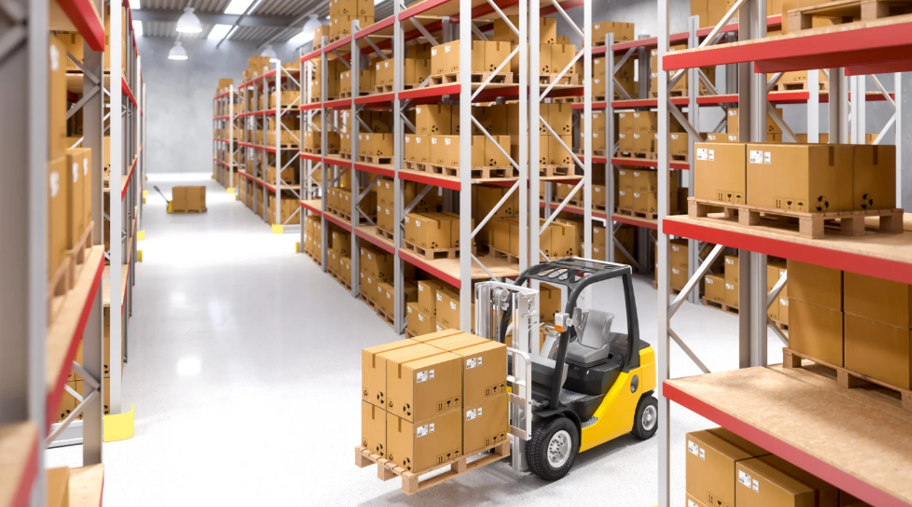Steps to Maintain and Inspect Pallet Racking for Longevity
In any warehouse operation, the structural integrity of storage systems directly impacts safety, efficiency, and long-term ROI. Proper maintenance and regular inspections of pallet racking are essential to avoid costly accidents, inventory damage, or system failures. Whether you manage a small stockroom or a large-scale distribution center, following a systematic approach can significantly extend the life of your racking investment.
The key is not just using the right racking system but also understanding how to maintain it over time. While pallet racking manufacturers provide durable systems built for heavy-duty operations, ongoing upkeep is what preserves performance and safety.
Understand Your Racking System First
Before beginning any maintenance program, it’s important to understand the specific type of pallet racking in use. Different systems, such as selective, drive-in, push-back, or cantilever, require unique inspection criteria. Facilities that rely on diverse configurations should train staff to recognize these differences and know how to evaluate each component.
Each of the types of pallet racking systems for ultimate warehouse efficiency offers distinct design characteristics, load capacities, and layout configurations tailored to specific operational demands. For example, selective racking requires more frequent beam inspections due to constant picking activity, while cantilever systems demand careful attention to arm alignment and base anchoring. Once the system type is clear, facilities can implement a proactive inspection routine to catch signs of wear before they become liabilities.
See also: Understanding Commercial Banking: A Comprehensive Guide for Business Owners
Conduct Visual Checks and Load Assessments Regularly
Visual inspections should be scheduled weekly or monthly, depending on the volume of activity. Look for bent uprights, missing safety clips, or compromised beams. These issues can result from forklift impacts, overloading, or environmental corrosion. Even a slight dent in a vertical frame can reduce its load-bearing capacity.
Racking systems must always operate within their rated capacities. Exceeding these limits, even occasionally, can cause long-term structural fatigue. Supervisors should routinely verify that pallet loads match weight specifications and that distribution is balanced across all levels.
Additionally, understanding the benefits of sourcing pallet racking from trusted manufacturers helps ensure structural reliability, adherence to safety standards, and product longevity from the outset.
Schedule Annual Professional Inspections
While in-house checks are critical for day-to-day monitoring, third-party inspections should be scheduled annually. These professional audits often identify structural concerns that warehouse staff may miss, including subtle floor shifting, improper anchoring, or torsional stress.
Professionals also assess racking alignment and hardware tightness, ensuring the structure continues to operate according to code. Some manufacturers and safety consultants may even offer risk assessments or compliance reports to document ongoing system health, which is essential for insurance and regulatory purposes.
During these inspections, it’s also wise to update facility records. Document any repairs, replacements, or reconfigurations. Keeping a detailed maintenance log helps identify patterns that may indicate broader design or usage issues.
Implement Preventive Measures and Staff Training
Once issues are identified and addressed, facilities should adopt measures that prevent future damage. Install rack protectors, floor-mounted barriers, or end-of-aisle guards to reduce forklift impacts. Repainting damaged areas or switching to galvanized steel components can also extend system lifespan in corrosive environments.
Equally important is training the workforce. Staff should understand the importance of reporting damage, proper loading techniques, and how to operate forklifts near racking systems. A small mistake can lead to a major structural compromise if not corrected immediately.
Conclusion
Working with pallet racking manufacturers who offer durable systems is only the starting point. To ensure longevity and safety, facilities must commit to regular inspections, enforce weight limits, and respond quickly to any signs of damage. Through informed selection, scheduled maintenance, and trained personnel, pallet racking systems can remain structurally sound and efficient for decades, maximizing return on investment while maintaining a safe and productive work environment.






